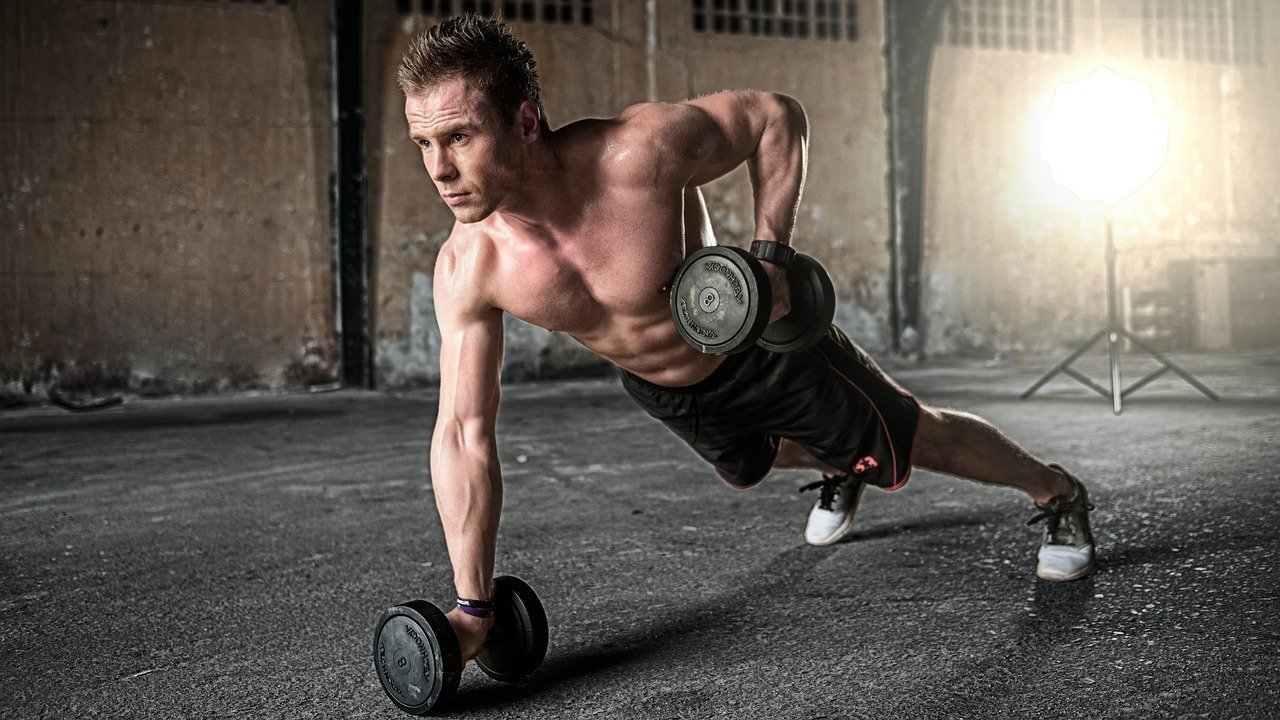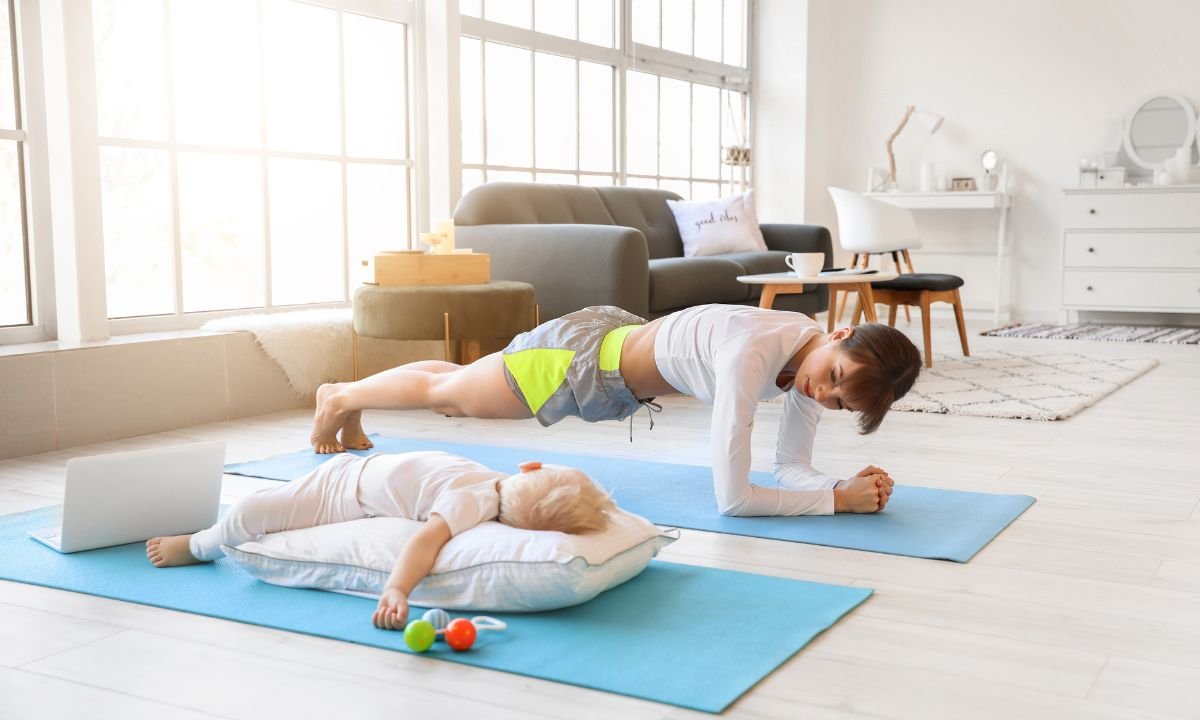Pincha Mayurasana (Feathered Peacock or Forearm Balance Pose) gives enhanced circulation, a calm mind, reduced stress, and better digestion.
What Is Pincha Mayurasana Pose?
Yoga is a fantastic way to see how the body changes as a result of focused movement. These changes take place in both beginner and advanced poses, but obtaining a posture you never thought was possible is really significant. Many yogis aim to achieve Pincha Mayurasana, also known as Forearm Balance or Feathered Peacock Pose, during their practise. We can only achieve the delicate balance between giving up control and surrender when we let our trust overcome our fear.
This stance’ intricate name is deserving given the amount of physical and mental stamina needed to do it. Legs are straight up in the air, forearms parallel to the ground, and elbows bent 90 degrees. The muscles in the core provide stability and form a straight line from the feet to the elbows. Finding this posture will help the body by relaxing the mind, opening the shoulders for backbends, and strengthening arm strength.
Pincha Mayurasana Pose: Step-By-Step Guide
- Practice this pose against a wall for support if you’ve never done it before. With your palms and forearms on the ground, begin in tabletop position. At shoulder width, your forearms ought to be parallel to one another.
- Step in with one foot while bending one left knee, extending the other leg through the heel to keep it moving. Try out a couple hops in practise.
- Kick your other foot off the ground and sweep your active leg up, straightening your leg by immediately pressing through the heel. Try it multiple times, pushing off the floor a little bit higher each time.
- You will eventually be able to fully kick up. At first, you could bump into it, but with experience, you’ll be able to delicately swing your heels up.
- Work your way up to one minute of holding the position for 10 to 15 seconds. When you descend, make sure not to sag into the shoulders, and take each foot out one at a time.
Tip For Beginners
If you struggle to keep your elbows from drifting apart while in this position, fasten a strap on your upper arms just above your elbows. Set the strap so that it snugly encircles your outer arms while holding your arms straight out in front of you at shoulder width. Use the strap in the stance, but instead of letting your arms sag into it, try pushing them slightly inside and away from the strap.
Warmup Is Very Important
It’s crucial to get the body ready for this new position before kicking straight into space. Injury risk increases significantly when both mental alertness and physical fortitude are weak. Get a feel for a shift in gaze by starting with other stances that turn your perspective on its head. Your ability to enter, maintain, and safely exit a forearm balance will improve as a result of developing your arm strength.
Find positions that increase the strength in your arms, and look for ways to incorporate more difficult poses. Don’t forget the core muscles, even if the arms provide a lot of the body’s support in this position. They are in charge of maintaining equilibrium and constructing optimal alignment. It’s simple to engage this muscle group and provide a strong foundation for your Pincha Mayurasana by incorporating core movements into classic yoga poses.
What Should I Do If I Can’t Do Pincha Mayurasana Yet?
Pincha Mayurasana, is a challenging pose. You are not alone if you find it difficult. Don’t be hard on yourself. Recognize your worth and the fact that this is practise. The advice listed below will assist you in moving forward:
- Practice the half-dolphin pose and half-handstand to strengthen your shoulders and gain self-assurance. To accomplish this, stand approximately a leg’s length away from the wall, place your arms, then walk your feet up the wall until they are around hip height. (To assist you the first time, ask a friend or an instructor.)
- Practice the forearm plank, navasana, and ardha navasana to strengthen your core.
- It’s simple to forget that perfecting the action of your legs and core as you go into Handstand requires practise. As a result, one choice is to merely concentrate on the process of leaping into Handstand without actually getting there. To improve your comprehension and coordination of the swinging and jumping motion, do it repeatedly.
Also Read: THE POWER OF PRANAYAMA BREATHING PRACTICE
7 Benefits Of Pincha Mayurasana Pose
1. Upper-Back Power
Pincha is well known for its ability to tone the muscles in the shoulders and upper back. As you maintain the posture, you can feel the work being done. The upper back can become a place of grounded power and support with the right alignment and direction.[1]
2. Better Balance
To maintain this position, which requires a delicate balance, requires mental attention and concentration. Without any conscious effort on our part, we reach the little muscles that support posture stabilisation, and as we use those muscles more, we achieve better balance in all other spheres of our lives.
3. Mind-Body Techniques
One of the best ways to deal with stress and despair is to turn upside down. It infuses the brain with new blood to reenergize our bodies and minds.
That nagging, anxious idea that clogs our minds every day has no place in the focused commitment to the present moment required to stay balanced upside down. Pincha leaves us content and undoubtedly a little less anxious.
4. Light Up The Side Body
The outer torso region needs a lot of muscle toning to get this upside-down look. Pincha significantly activates the serratus muscles, which are the muscles that zigzag between the ribs.
These muscles give us the ability to lift our shoulders and arms up and out of the ground while maintaining a solid upside-down position.
5. Extend yourself
Any back bending variations will help stretch out the entire frontal plane of the body, including the thighs, hips, belly, and chest. Even a straight up-and-down Pincha stretches out the front of the body.
6. Strong Focus
It requires all of your attention and focus to stay balanced in this position. You risk losing the hold if you even briefly lose sight of that focus. It helps you develop the kind of concentration that you can cultivate on your mat and then carry with you into the outside world to use in a variety of areas of your life.
7. Increase Arm Power
The upper arms (triceps, deltoid, and other smaller structures) are likely strengthened without needing to be stated. However, because your weight-bearing base is provided by your lower arms, they also become stronger with each hold, along with your wrists.
Conclusion
So you can see, the quest doesn’t end when you find your Pincha Mayurasana Pose. In actuality, you will have only started tackling all of these particular places in this particular shape.



